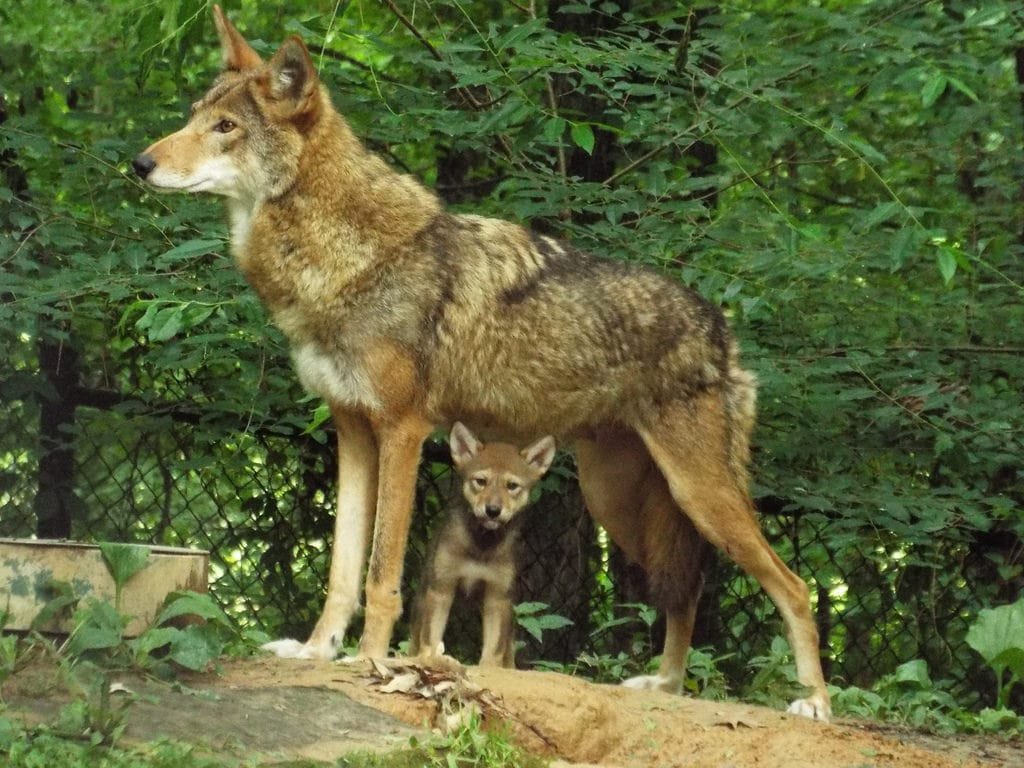In 2018, a team of scientists discovered a new species of cockroach in Iran. This particular species, known as the Luristan cockroach, is unique in that it has adapted to living in dark, cave-like environments. The discovery of this cockroach offers insights into the incredible adaptability of insects and the mysteries of the natural world that are still waiting to be uncovered.
The Luristan cockroach is a member of the Blaberidae family, which includes over 700 species of cockroaches. It was discovered in the caves of Luristan province in western Iran, where it is believed to have lived for millions of years. The species is characterized by its unusually long antennae and legs, which help it navigate in the dark. It also has a pale, almost translucent exoskeleton that allows it to blend in with its surroundings.
The discovery of the Luristan cockroach is significant because it highlights the incredible adaptability of insects. Cockroaches are known to be incredibly resilient creatures that can survive in a wide range of environments, from the hot, dry deserts of the Middle East to the damp, humid rainforests of South America. However, the Luristan cockroach takes this adaptability to a whole new level by thriving in a completely dark environment.
The discovery of the Luristan cockroach also raises questions about the evolution of cave-dwelling species. It is believed that the cockroach was able to adapt to its environment over millions of years by developing specialized traits that allowed it to survive in the dark. These traits likely included its long antennae and legs, which allowed it to navigate in the absence of light, as well as its pale exoskeleton, which helped it blend in with its surroundings.
The discovery of the Luristan cockroach also has important implications for the study of cave ecology. Caves are complex ecosystems that are home to a wide variety of species, many of which are still waiting to be discovered. By studying the Luristan cockroach and other cave-dwelling species, scientists can gain a better understanding of how these ecosystems function and how they have evolved over time.
Despite its adaptability and resilience, the Luristan cockroach is currently facing a number of threats. The destruction of caves and other natural habitats is putting the species at risk, as is the introduction of non-native species that can outcompete the cockroach for resources. In order to protect this unique and fascinating species, it is important that we work to preserve its natural habitats and take steps to mitigate the impact of human activity on cave ecosystems.
One of the key challenges in protecting the Luristan cockroach and other cave-dwelling species is the lack of knowledge about these ecosystems. Many caves are difficult to access and study, and the creatures that live within them are often elusive and hard to observe. However, with advances in technology and new techniques for exploring caves, scientists are beginning to unravel the secrets of these unique environments.
One promising approach is the use of DNA analysis to identify and study cave-dwelling species. By analyzing DNA samples taken from cave environments, scientists can identify the species present and gain insights into their genetic makeup and evolutionary history. This approach has already been used to discover new species in other parts of the world, and could be a powerful tool for studying the Luristan cockroach and other cave-dwelling creatures.
Another important step in protecting the Luristan cockroach and other cave-dwelling species is to raise awareness of the importance of preserving these environments. Many people view caves as dark, dirty places that are best avoided, but in reality they are home to some of the most unique and fascinating creatures on the planet. By educating the public about the value of cave ecosystems and the threats they face, we can build support for conservation efforts and help ensure that these habitats remain intact for future generations.
In conclusion, the discovery of the Luristan cockroach is a reminder of the incredible diversity and adaptability of life on Earth. This species has evolved to thrive in an environment that would be hostile to most other creatures, and its discovery offers insights into the mysteries of the natural world that are still waiting to be uncovered. By studying the Luristan cockroach and other cave-dwelling species, we can gain a better understanding of how life has evolved in some of the most extreme environments on the planet, and take steps to protect these unique and fragile ecosystems for generations to come.
#LuristanCockroach #NewSpecies #CaveDwellingInsects #Adaptability #NaturalWorld #CaveEcology #ProtectOurCaves #PreserveBiodiversity #ScienceDiscoveries #InsectAdaptation #ConservationEfforts
******The Featured image is not an actual Luristan cockroach ******



0 Comments